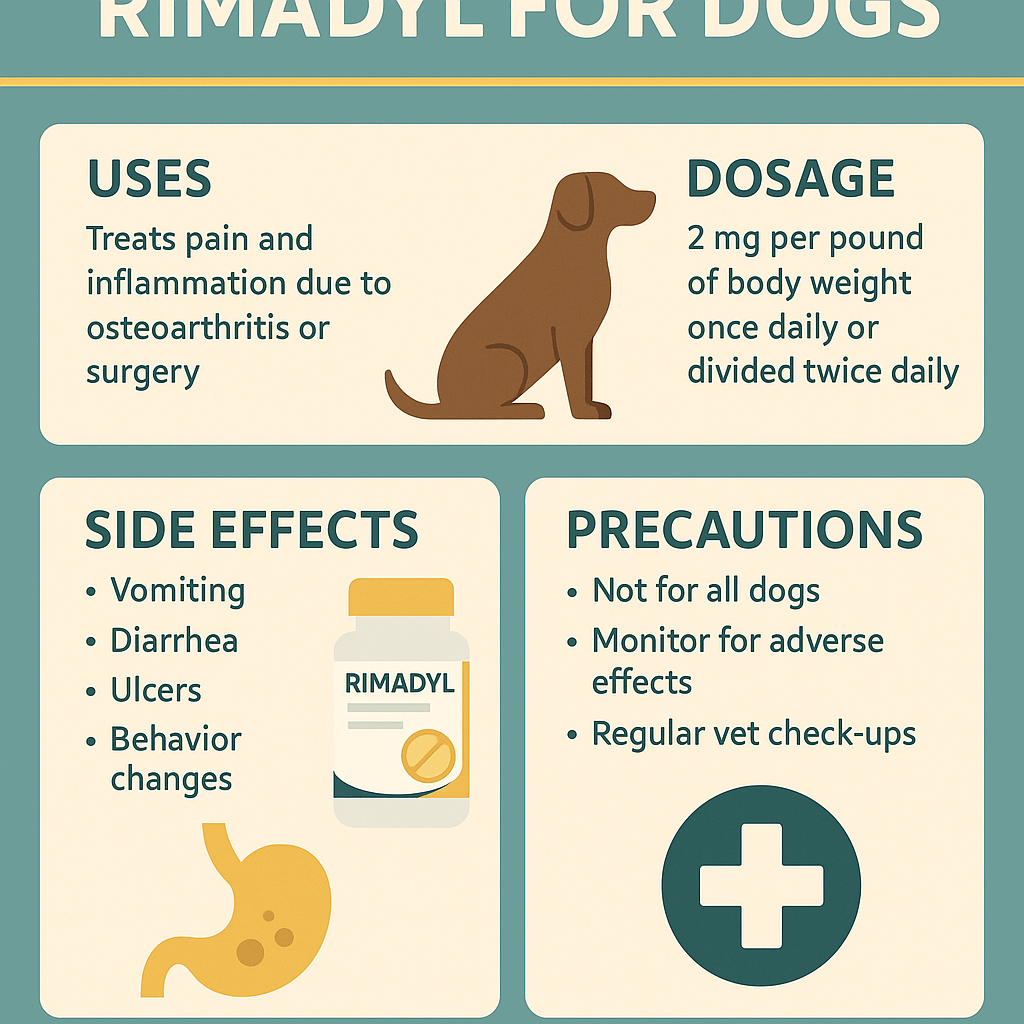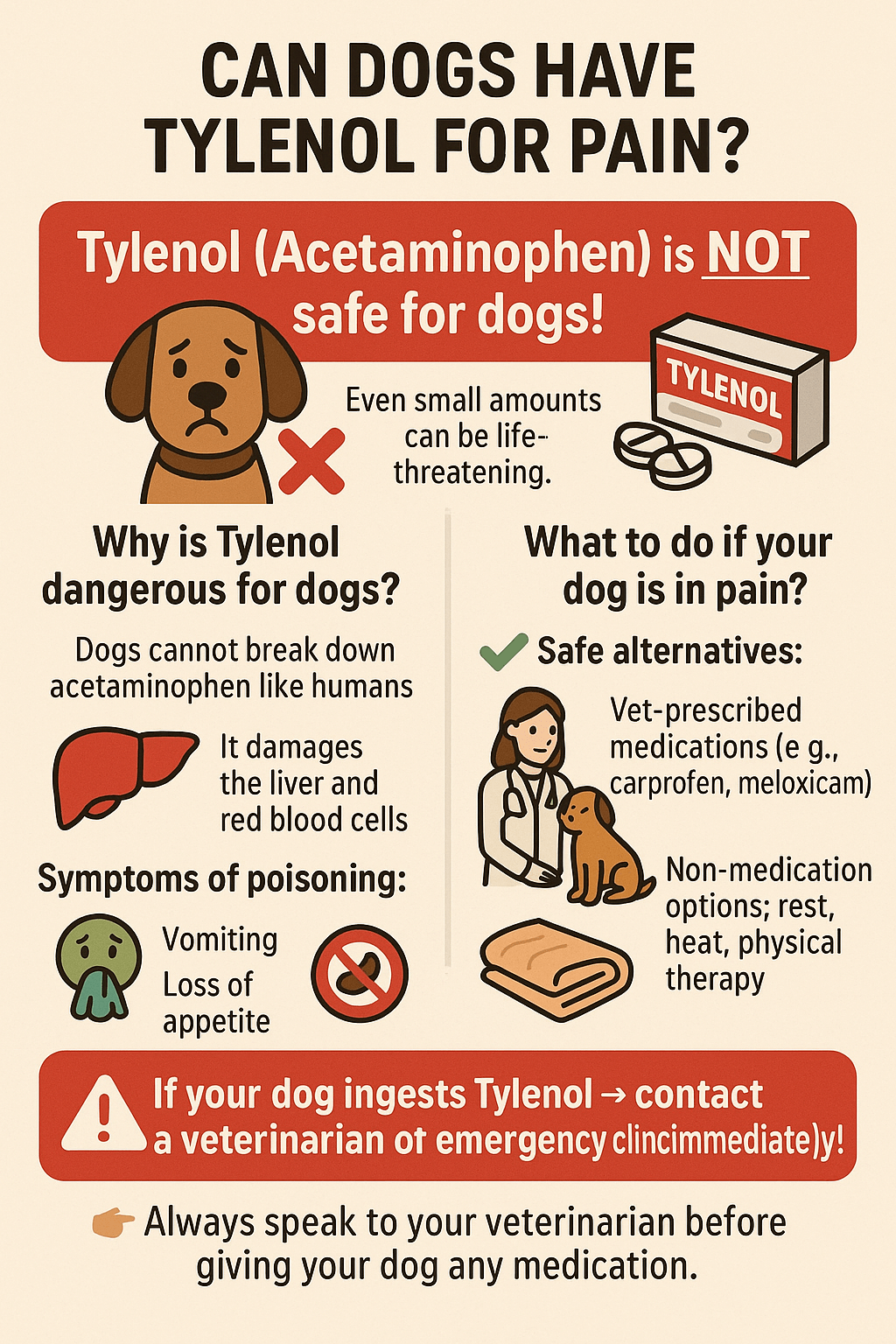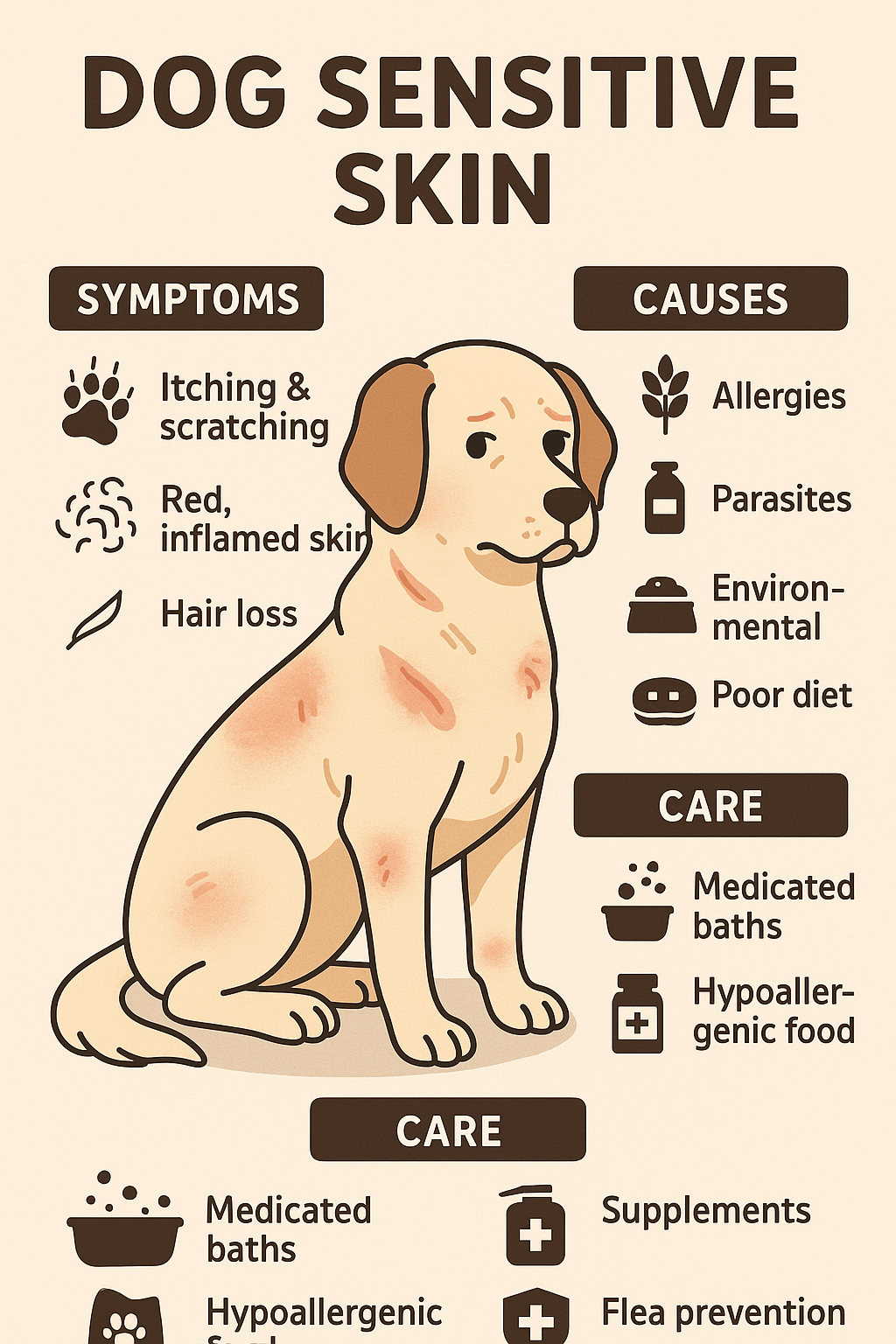Understanding Hematomas on Dogs: A Comprehensive Guide
As a dog owner, there’s nothing more unsettling than noticing an unusual lump or swelling on your furry friend. One common condition that can cause concern is a hematoma. While the term might sound intimidating, understanding what a hematoma is, how it forms, and what you can do about it can make all the difference in ensuring your dog’s comfort and well-being.
In this blog post, we’ll explore everything you need to know about hematomas in dogs, from causes and symptoms to treatment options and prevention tips. Whether you’re dealing with a current issue or simply want to be prepared, this guide will equip you with the knowledge to handle the situation confidently.
What Is a Hematoma and Why Does It Occur?
A hematoma is essentially a collection of blood that pools outside blood vessels, often forming a swollen, fluid-filled area under the skin. In dogs, hematomas most commonly occur in the ears but can also develop in other parts of the body. Understanding the underlying causes can help you identify potential risks and take preventive measures.
- Trauma: Physical injury, such as bumping into objects or rough play, can lead to blood vessel rupture.
- Ear Infections: Chronic ear infections are a frequent precursor to ear hematomas due to constant scratching or head shaking.
- Allergies: Skin irritations caused by allergies can prompt excessive scratching, increasing the risk of hematoma formation.
- Underlying Health Conditions: Blood clotting disorders or other systemic issues may predispose a dog to hematomas.
- Age Factor: Older dogs with weaker blood vessels are more susceptible to developing hematomas.
While the exact cause can vary, recognizing these contributing factors can help you address the root issue and minimize the chances of recurrence.
Signs and Symptoms of a Hematoma in Dogs
Detecting a hematoma early is crucial for effective treatment and recovery. Knowing what to look for can save your dog from unnecessary discomfort and complications. Here’s a breakdown of the most common signs and symptoms associated with hematomas in dogs:
- Swelling: A soft, squishy lump that feels warm to the touch is a telltale sign of a hematoma.
- Redness: The affected area may appear inflamed or discolored.
- Pain: Your dog might exhibit signs of discomfort, such as whimpering or avoiding being touched.
- Behavioral Changes: Increased irritability or lethargy could indicate pain or stress.
- Head Shaking or Scratching: If the hematoma is in the ear, your dog may shake their head excessively or scratch at the area.
If you notice any of these symptoms, it’s essential to consult your veterinarian promptly. Early intervention can prevent further complications and ensure a smoother recovery process.
Expert Opinion: Insights from a Veterinarian
Dr. Sarah Collins, a practicing veterinarian with over 15 years of experience, emphasizes the importance of early intervention: “Hematomas in dogs, especially ear hematomas, often stem from untreated underlying issues like infections or allergies. Addressing the root cause promptly not only alleviates discomfort but also prevents recurrence and long-term damage.”
Check this guide 👉 Understanding Dog Scab: Best 7 Expert Tips!
Check this guide 👉 Understanding Dog Hyperkeratosis: Best 7 Expert Tips!
Check this guide 👉 Understanding Carpal Hyperextension in Dogs: Best 7 Tips!

Preventive Measures | Treatment Options |
|---|---|
Regular ear cleaning | Veterinary drainage of the hematoma |
Managing allergies effectively | Antibiotics to prevent infection |
Avoiding rough play | Pain relief medication |
Treating ear infections promptly | Steroids to reduce inflammation |
Monitoring senior dogs closely | Surgery in severe cases |
How to Prevent Hematomas in Dogs
Prevention is always better than cure, especially when it comes to your dog’s health. By taking a few proactive steps, you can significantly reduce the risk of hematomas and ensure your pet remains happy and healthy.
- Regular Check-Ups: Schedule routine vet visits to catch potential issues early.
- Proper Ear Care: Clean your dog’s ears regularly to prevent infections that could lead to hematomas.
- Monitor Allergies: Keep an eye out for signs of allergies and work with your vet to manage them effectively.
- Safe Play Environment: Ensure your dog plays in a safe, hazard-free space to minimize the risk of trauma.
- Healthy Diet: A balanced diet supports overall health, including strong blood vessels.
By incorporating these practices into your dog’s routine, you can create a safer and healthier environment that minimizes the likelihood of hematomas.
When to Seek Veterinary Care
Knowing when to seek professional help is critical in managing hematomas effectively. While some minor cases may resolve on their own, others require immediate attention to prevent complications.
- Persistent Swelling: If the lump doesn’t decrease in size after a few days, consult your vet.
- Signs of Infection: Redness, warmth, or discharge from the area indicates a possible infection.
- Severe Pain: Excessive pain or distress warrants a veterinary evaluation.
- Behavioral Changes: Sudden changes in behavior, such as aggression or withdrawal, should not be ignored.
- Recurrent Hematomas: Frequent occurrences may signal an underlying health issue that needs addressing.
Prompt action ensures your dog receives the care they need and avoids potential long-term complications.
Common Misconceptions About Hematomas in Dogs
While hematomas are a relatively common issue in dogs, there are several misconceptions surrounding them. Understanding the truth behind these myths can help you make informed decisions about your dog’s care.
- Myth: Hematomas are always dangerous.
Reality: While they can be uncomfortable, many hematomas are treatable and not life-threatening if addressed promptly. - Myth: Only certain breeds are prone to hematomas.
Reality: Any dog can develop a hematoma, though floppy-eared breeds may be more susceptible to ear hematomas. - Myth: Hematomas heal faster without treatment.
Reality: Untreated hematomas can lead to complications like scarring or infection, making professional care essential. - Myth: Surgery is the only solution.
Reality: Many hematomas can be managed with less invasive treatments like drainage and medication. - Myth: Hematomas are contagious.
Reality: Hematomas are not caused by infections or pathogens, so they cannot spread to other dogs or humans.
By dispelling these misconceptions, you can focus on evidence-based care and ensure your dog receives the appropriate treatment for their condition.
Home Care Tips for Dogs with Hematomas
If your veterinarian has diagnosed your dog with a hematoma and recommended home care, there are several steps you can take to support their recovery. Proper home care can enhance the effectiveness of veterinary treatments and speed up the healing process.
- Keep the Area Clean: Gently clean around the hematoma to prevent secondary infections, using vet-recommended solutions.
- Restrict Activity: Limit your dog’s movement to reduce the risk of further trauma or irritation to the affected area.
- Use an Elizabethan Collar: Prevent your dog from scratching or biting at the hematoma by using a cone or similar protective device.
- Apply Cold Compresses: In some cases, cold compresses can help reduce swelling and discomfort (consult your vet first).
- Monitor Progress: Keep a close eye on the hematoma’s size and appearance, reporting any changes to your vet immediately.
With consistent care and attention, you can help your dog recover comfortably while minimizing the risk of complications.
The Role of Diet and Nutrition in Preventing Hematomas
While diet alone cannot prevent hematomas, proper nutrition plays a vital role in maintaining your dog’s overall health, including the strength of their blood vessels and immune system. A well-balanced diet can reduce the likelihood of conditions that contribute to hematoma formation.
- Omega-3 Fatty Acids: Found in fish oil, these can reduce inflammation and improve skin health, lowering the risk of irritation.
- High-Quality Protein: Supports tissue repair and strengthens blood vessels, aiding in faster recovery from injuries.
- Vitamins C and E: These antioxidants promote healthy skin and boost the immune system, reducing susceptibility to infections.
- Hydration: Ensuring your dog drinks enough water keeps their skin and tissues hydrated, preventing dryness and irritation.
- Limited Allergens: Feeding hypoallergenic or limited-ingredient diets can help manage allergies that might lead to excessive scratching.
By prioritizing a nutrient-rich diet, you can support your dog’s overall well-being and reduce the risk factors associated with hematomas.
Frequently Asked Questions About Hematomas in Dogs
What causes a hematoma in dogs?
Hematomas are often caused by trauma, ear infections, allergies, or underlying health conditions like blood clotting disorders.
Can a hematoma go away on its own?
Small hematomas may resolve without treatment, but larger ones often require veterinary intervention to prevent complications.
Is surgery necessary for treating a hematoma?
Surgery is typically reserved for severe cases or when conservative treatments fail to provide relief.
How can I prevent my dog from getting a hematoma?
Regular ear cleaning, managing allergies, and providing a safe environment can help reduce the risk of hematomas.
Are hematomas painful for dogs?
Yes, hematomas can cause discomfort or pain, especially if they are large or located in sensitive areas like the ear.
Final Thoughts: Empowering Yourself as a Dog Owner
Dealing with a hematoma in your dog can be stressful, but arming yourself with knowledge makes all the difference. From recognizing the signs to understanding treatment options and preventive measures, you now have the tools to ensure your furry companion stays healthy and comfortable. Remember, your veterinarian is your best ally in managing this condition, so don’t hesitate to seek their guidance whenever needed. With proper care and attention, you can help your dog recover quickly and enjoy many more happy, wag-filled days together.
Rimadyl for Dogs: Best 7 Expert Tips! Discover expert advice on using Rimadyl safely, managing pain, and improving your dog’s mobility with trusted veterinary insights.
Can Dogs Have Tylenol for Pain? Best 7 Expert Tips! Discover the risks, safe alternatives, and expert advice on managing your dog’s pain effectively while avoiding harmful medications.
Understanding Hemophilia in Dogs: Best 7 Expert Tips! Discover expert advice on managing hemophilia, recognizing symptoms, and ensuring your dog’s well-being with practical care strategies.
Understanding Dog Sensitive Skin: Best 7 Expert Tips! Discover expert advice on managing dog sensitive skin, relieving irritation, and improving your pup’s comfort with practical solutions.





